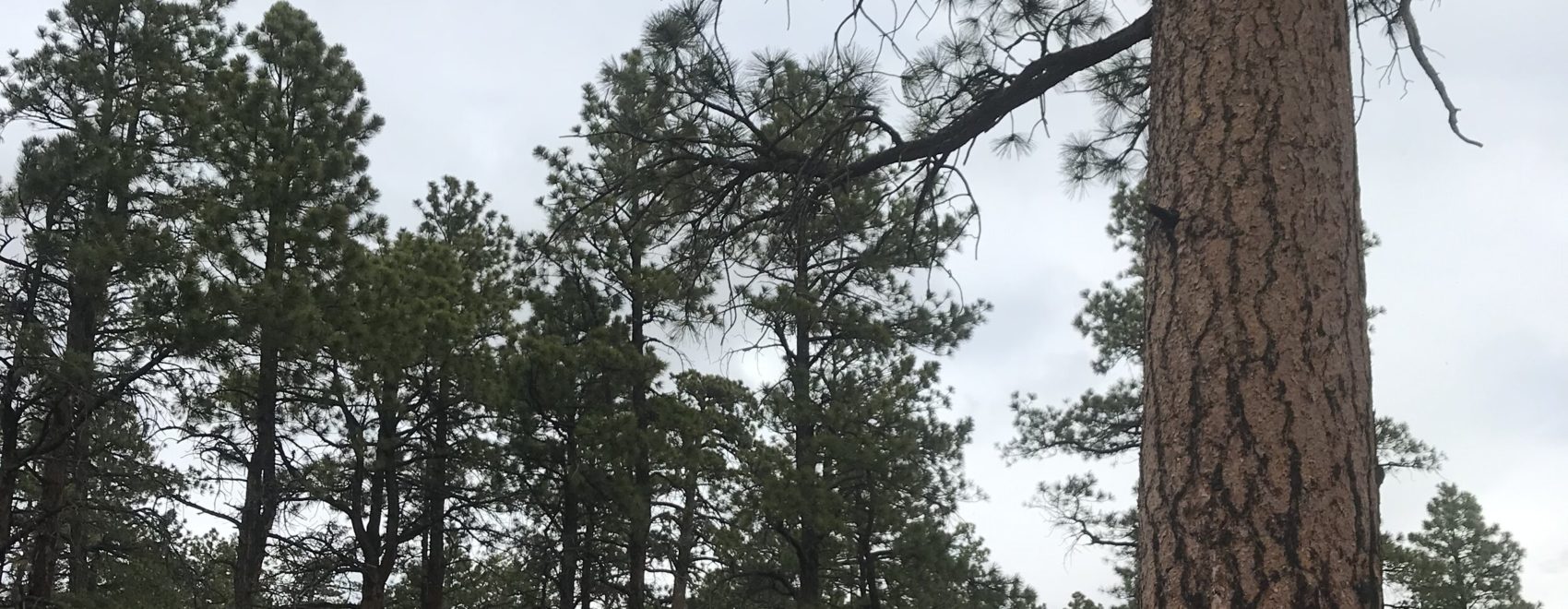Documents patterns of conifer reduction across sage-grouse range over the past several years overlapping with concerted sage-grouse habitat restoration. They find total the area supporting tree cover decreased by 1.6%, with 2/3 attributable to active management and 1/3 due to wildfire. The study shows spatial targeting of conifer reductions has been successful: over half (53%) of treatments occurred within sage-grouse Priority Areas for Conservation (PACs) with additional reductions often addressing connectivity between PACs. Prioritization and collaboration were also evident in strong patterns of cross-boundary conifer reductions observed in key watersheds across the region. Eighty-seven percent of mapped conifer reductions occurred in three states (Utah, Oregon, and Nevada) where the extent of pinyon-juniper is most pronounced. Where targeted restoration has occurred, partners are successfully getting ahead of the curve in addressing conifer expansion. Going forward, the authors recommend scaling up comparable collaborative and strategic efforts in other priority landscapes to outpace ongoing rate of expansion (~0.4-1.5% per year).
Read the full publication here.
Reinhardt, J., Filippelli, S. Falkowski, M., Allred, B., Maestas, J., Carlson, J., and D Naugle. 2020. Quantifying Pinyon-Juniper Reduction within North America’s Sagebrush Ecosystem. Rangeland Ecology & Management, 73, 3.
Photo by Tyler Gilbert, Forest Stewards Guild. Wind Mountain Site Tour II, New Mexico. 2019.

